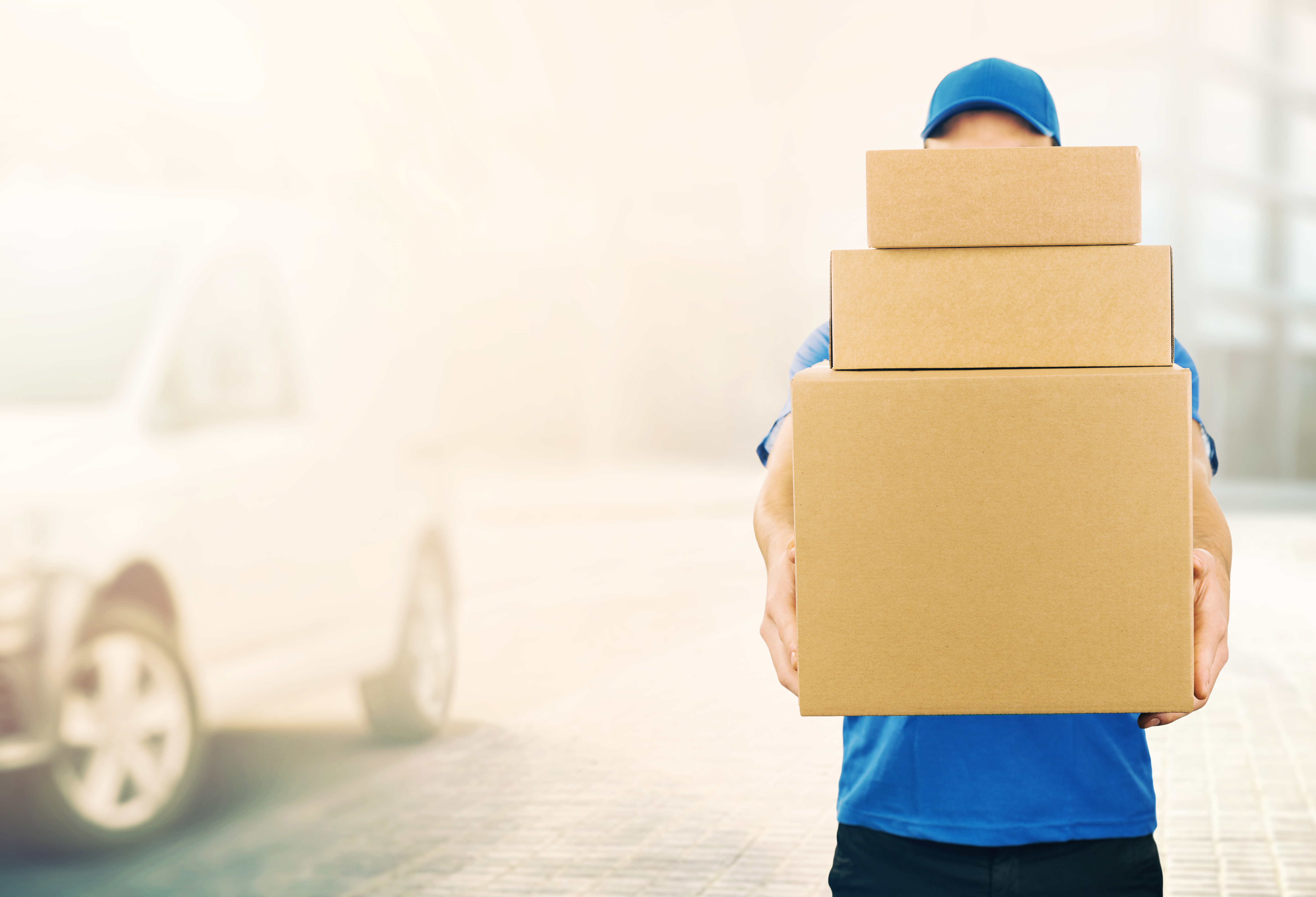Walmart and Amazon Exemplify Adaptation

From blockchain to rapid checkout, leaders in retail, Walmart and Amazon, are investing in and integrating technological advancements at a rapid pace. And it’s a good thing for them that they are. James Cook, director of retail research in the Americas at Jones Lang LaSalle, explains, “Retailers die but retail does not. There’s just churn as retailers are either disrupted by new business models, or they go out of fashion.” It is vital retailers, including those in food and beverage, stay on top of industry developments, particularly in technology because tech isn’t going away anytime soon.
The competition between Walmart and Amazon continues to heat up as the two retailers recently announced big moves within just a day of each other. This week, Amazon announced its plan to expand free two-hour delivery of Whole Foods items through Prime Now from four to six metropolitan areas in the country. And just a day before, Walmart announced the launch of its very own meal kits and “one-step meals.” These convenient meals will be selling at 250 Walmart stores at first and will eventually sell at over 2,000 stores this year.
There continues to be room for improvement among even the leading retailers, however. Grocery retailers especially can benefit from integrating artificial intelligence. One of the major benefits of AI is its ability to connect various data points to create predictions for inventory management and more effective targeted promotional programs. Ultimately, AI will boost profitability by an average of 38% by 2035, according to estimates by Accenture.
Another example of this room for improvement among major retailers comes from Amazon’s Whole Foods. Last year, before Amazon acquired the chain, Whole Foods had revamped its inventory management system. The new system, under hopes of increasing efficiency and cutting back on food waste, is a strict regimen that includes a scorecard system and regular inspection walks throughout stores.
Despite good intentions behind the new process, some employees have reported the system as “onerous and stress-inducing” and that it has actually resulted in food shortages. Forrester analyst Brendan Witcher remarks, “Amazon is learning how to be a physical retailer…”
It appears even the big guys don’t have it all figured out. But at least they’re trying.
Speaking of Amazon, you thought it was the only retailer offering free two-day shipping? Think again. Walmart.com and Walmart’s app now do as well, so long as your order is at least $35.
These recent changes sure smell like Amazon trying to become like Walmart and Walmart trying to become like Amazon. Another word for that might be adaptation. As Witcher puts it, “Walmart and Amazon are the flip sides of each other — Walmart’s needed to learn to be good at e-commerce.”
Other retailers seem to be noting and adapting to the greater demand for speedy delivery of groceries. For example, just a few months after the Amazon-Whole Foods deal, Target purchased grocery delivery service Shipt, and many national and regional grocery chains are now depending on Instacart for its fast delivery capabilities.
Developments continue to take shape in the food and beverage retail space. Change in this traditionally slow-moving industry is not only inevitable; it is also on a trajectory toward happening even more rapidly over the next decade. Grocery retailers that do not adapt to and embrace change risk becoming peripheral or even extinct.
